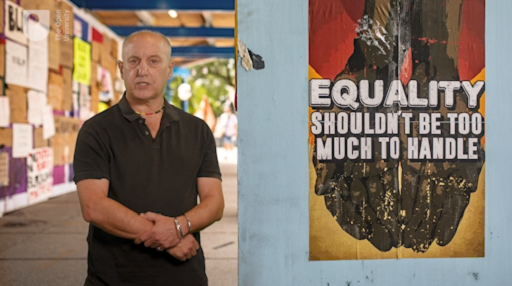Session 6: Race, ethnicity and youth justice
Introduction

The murders of Stephen Lawrence and Zahid Mubarek occurred in very different circumstances – one on a south London street, the other in a west London prison cell – but they have come to symbolise the lethal implications of racism and the need to mobilise against it in youth justice. The fact that they occurred at the end of the last century and start of a new one lays down a challenge to youth justice: can the twenty-first century do better than the twentieth?
The police, courts and prison system are very powerful institutions in society. With powers of arrest, the use of force and detention, they are uniquely able to intervene in your life whether you want them to or not. They also symbolise ideas about justice and fairness, equality and civil rights. If these institutions operate in ways that reproduce, or even amplify, racism, their credibility and legitimacy evaporates. Justice and racism cannot co-exist.
It was only the long, hard campaigning for a public inquiry into the police investigation of Stephen Lawrence’s murder, led by his mother and father, that culminated in the 1999 MacPherson Report and the identification of his murderers. In a historic breakthrough, the report established the significance of ‘institutional racism’ in the police and other institutions of society. Youth justice systems need to combat racism and be demonstrably sensitive to the shifting diversity of contemporary society.
This session begins with a short examination of racism and why racism and race continue to be a feature of life in the UK. This includes a brief discussion of the relevance of ethnicity. You will then go on to examine the legacies of Stephen Lawrence and Zahid Mubarek in youth justice before concluding with a short exploration of the underacknowledged positive contributions of Black, Asian and Minority Ethnic (BAME) young people to communities and cultures in the UK.

Transcript: Session 6 introduction
At the end of the session, you'll look at how racism's focus on cultural difference gets funneled into hostility towards Muslims. And you'll explore the impact of stereotypes here, too.
By the end of this session, you should be able to:
- identify ways in which racism, race and ethnicity are significant to youth justice
- understand how and why young people with Black, Asian and Minority Ethnic (BAME) backgrounds may experience crime and justice issues differently from young white people
- recognise when and how these differences are significant and what is being done to address them.
